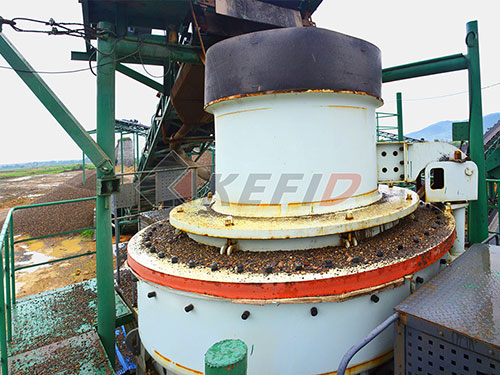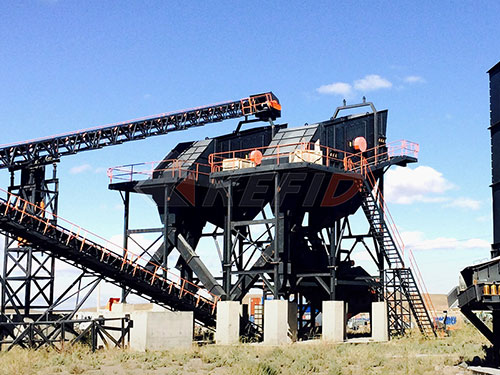Columbia’s Crushed Red Brick: More Than Rubble, It’s Recycled History
Beneath the modern streetscapes and bustling life of Columbia, South Carolina, lies a foundational element quite literally made from its past: crushed red brick. This isn’t just inert filler; it’s a tangible piece of the city’s industrial heritage repurposed for contemporary use.
For decades spanning the late 19th and early 20th centuries, Columbia was a significant hub for brick manufacturing. Fueled by rich local clay deposits and growing demand from reconstruction after Sherman’s burning of the city in 1865 and subsequent expansion, numerous brickyards dotted the landscape along rivers and rail lines. Iconic structures like the State House (whose original bricks were sourced elsewhere but later repairs used local ones), mills like Olympia Granite Mill (built using bricks from nearby kilns), schools, churches, warehouses, and countless homes were built from these distinctive red bricks – symbols of permanence and progress.
Time inevitably takes its toll. Buildings age, structures are demolished for new development or succumb to fire or natural disaster. What remains? Mountains of broken brick rubble – once destined for landfills as mere waste material.

Enterprising minds saw potential where others saw debris. This discarded masonry began a second life as crushed red brick aggregate. The process is straightforward yet transformative:

1. Collection: Demolition sites across Columbia yield tons of salvaged brick.
2. Processing: Large pieces are fed through crushers and screens.
3. Sorting: The resulting material is graded into various sizes – from fine gravel-like particles to larger chunks.
The resulting product isn’t just environmentally friendly (diverting waste from landfills), it possesses unique qualities prized in landscaping and construction:
Distinctive Aesthetic: Crushed red brick offers a warm, earthy palette ranging from deep terracotta to soft salmon pinks – instantly recognizable as uniquely Columbian due to its local origins.
Excellent Drainage: Its porous nature makes it superior to finer materials like sand or dense clay for pathways and base layers.
Stability & Permeability: When compacted correctly as fill or base material under pavers or driveways (“brick base”), it provides stability while allowing water infiltration.
Historical Resonance: Using crushed local brick connects new projects directly to the city’s architectural past.
Where You’ll Find It:
Landscaping: As decorative mulch

Leave a Reply